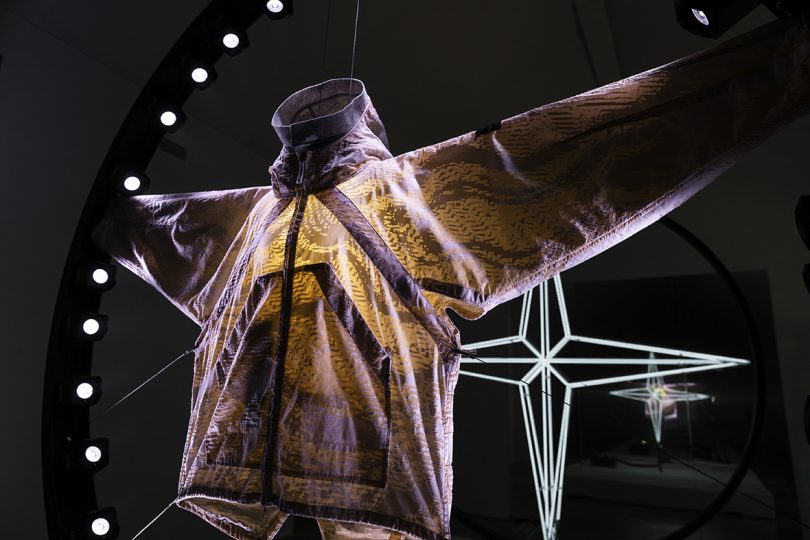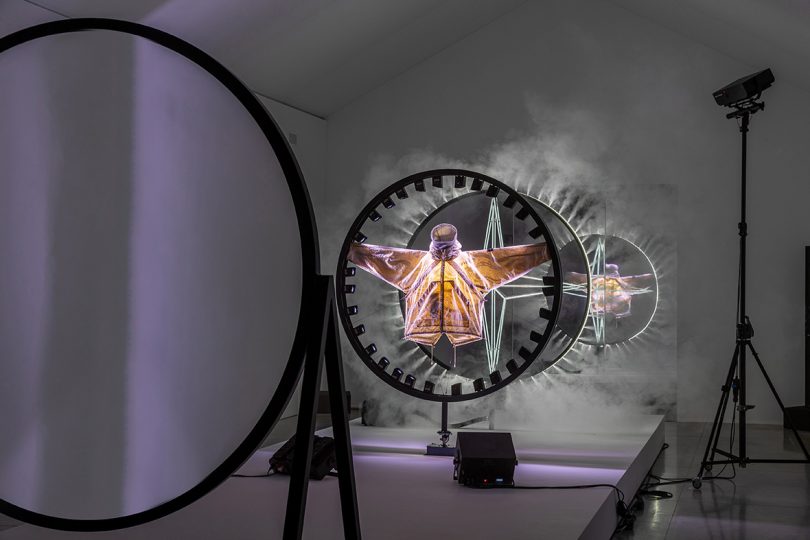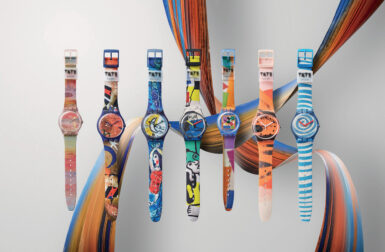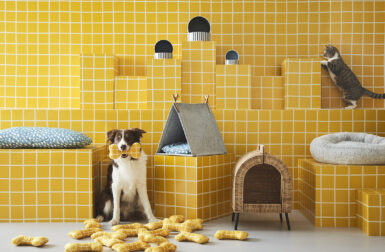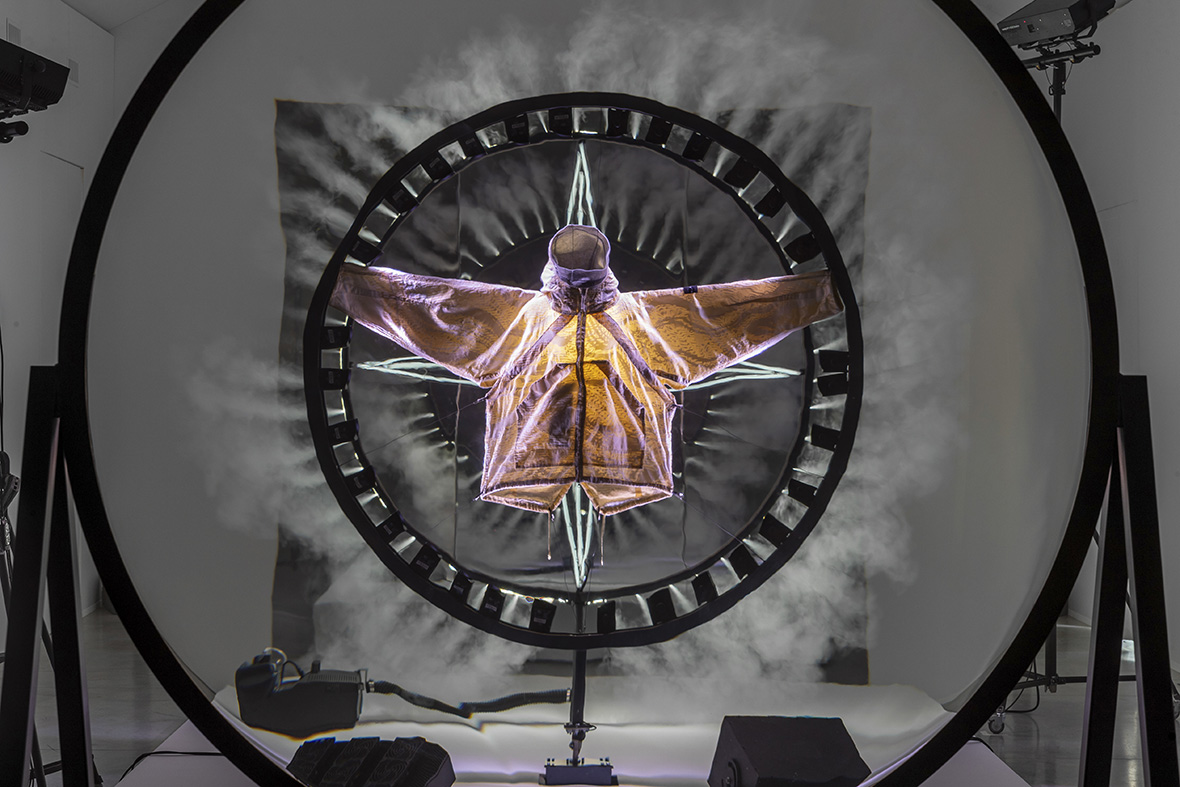
You’re probably aware of Kevlar’s reputation as the synthetic fiber capable of stopping bullets and protecting against knives. It’s not typically the fabric of choice when it comes to everyday wear, but the experimental Stone Island Prototype Research_Series 06 Dévoré With Kevlar Core on display at the Stone Island showroom during Milan Design Week showcases the yarn’s environmental durability and the textural possibilities in the form of a highly limited garment.
This marks the sixth edition of the Prototype Series, an experimental line Stone Island has released annually in the form of highly limited edition garments since 2016 (with only 100 hundred of these Kevlar fiber garments being made, consider yourself fortunate if you spot one out in the wild).
The Prototype Research_Series 06 is as much an engineered piece as one that has been designed – a highly technical collaboration between the Kevlar consumer brand R&D team and the Stone Island research and experimentation department utilizing the high durability and thermal stability of Kevlar to create a lightweight, textured woven fabric using 100% DuPont Kevlar Nm200/l core yarn double covered with Nm170/2 cotton yarn.
The garment is made using “stretch broken” technology, where the filament yarn is stretched to produce long discontinuous broken filaments exhibiting a thinner diameter and lower elongation. The stretched broken Kevlar filaments can then be spun into finer counts because of its physical properties, resulting in a fabric exhibiting higher strength, softer touch, and lighter weight. After the stretch broken process, the yarn is covered in cotton.
Stone Island uses a dévoré, a printing technique (also known as burnout) typically used on velvets to dissolve the cellulose fibers of cotton to create a semi-transparent pattern, resulting in an allover pattern that reveals the Kevlar core with its characteristically yellow color. The unveiled yarns create a sort of light technical lace, with a resin treatment adding texture to the lightweight, but strong fabric.
In recognition of Milan Design Week, Stone Island made the extra effort to bring attention of the Prototype Research_Series 06 by inviting Etienne Russo, head of the production company Villa Eugénie, to construct four large concentric circles made with compact polycarbonate, neon, iron, drywall, wood, and a smoke engine. The four rings combine to form what operates as one enormous macro lens – creating a literal case of tunnel vision – offering visitors a close-up, slightly surreal view of the weave of the fabric from a distance.
Through the Looking Glass and the Stone Island Prototype Research_Series 06 is on display through June 12th at the Stone Island Showroom, Via Savona 54 _ 20144 Milano.








